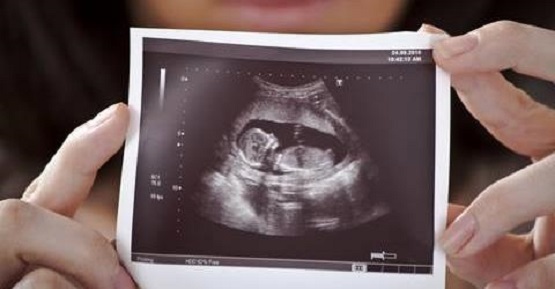The subject of fetal pain is and has been both a controversial and compelling aspect of the debate surrounding abortion. Whether a child in the womb can feel pain and at what stage raises many ethical issues and, for many, introduces another source of uncertainty into personal views on the matter of abortion. With advances in modern science and ongoing research, it is becoming more apparent that the unborn child can feel pain by 20 weeks, i.e., five months, or even earlier in the pregnancy.
This January, an extensively researched document on the science of fetal pain was published by the Family Research Council (FRC). The report cites more than 30 scientific studies, testimonies, medical evidence, and real-life experiences in its exposition of the science of fetal pain as the weeks advance post-fertilization.
Below is just a sample of the clear evidence provided by these sources:
- On neurological development: “Pain receptors appear around the mouth 4 to 5 weeks post-fertilization, followed by the development of nerve fibers, which carry stimuli to the brain. Around 6 six weeks post-fertilization, the unborn child first responds to touch. By 18 weeks post-fertilization, pain receptors have appeared throughout the body.” (2003 medical textbook on maternal, fetal, and neonatal physiology)
- On early fetal response to painful stimuli: “The earliest reactions to painful stimuli motor reflexes can be detected at 7.5 weeks of gestations [5.5 weeks post-fertilization].” (2012 medical article)
- On fetal stress responses: “Multiple studies show that ‘the human fetus from 18-20 weeks elaborates pituitary-adrenal, sympatho-adrenal, and circulatory stress responses to physical insults.’” (2013 expert testimony before Congress of Dr. Maureen Condic, Director of Human Embryology instruction for the School of Medicine at the University of Utah)
- On fetal experience of pain being more intense than in adults: “Mechanisms that inhibit or moderate the experience of pain do not begin to develop until 32 to 34 weeks post-fertilization. Any pain the unborn child experiences before these pain inhibitors are in place is likely more intense than the pain an older infant or adult experiences when subjected to similar types of injury.” (2004 expert testimony before Congress of Dr. Kanwaljeet “Sunny” Anand)
In addition to this evidence, a brand new medical textbook set to be in print later this February includes a very clear statement in its chapter on anesthesia for fetal intervention. Entitled Essential Clinical Anesthesia Review: Keywords, Questions and Answers for the Boards, this preparatory textbook published by the Cambridge University Press states: “The fetus is able to mount a physicochemical stress response to pain starting around 18 weeks of gestation. It becomes capable of experiencing pain between 20 and 30 weeks of gestation.” (Because “gestation” measures pregnancy from a woman’s last menstrual period [LMP] occurring approximately two weeks before the actual date of fertilization, the statement asserts that unborn children become pain-capable between 18 and 28 weeks post-fertilization.)
Click here to sign up for daily pro-life news alerts from LifeNews.com
While the concept of fetal pain-capability has served as the basis for many state laws limiting abortion at or around five months of pregnancy, the science supporting fetal pain has been denounced by abortion rights advocates as “junk science,” and pain-capable laws touted as “misleading.” Yet, along with the sources cited in FRC’s document, the backgrounds of the editors of this clinical review for the medical board exams represent a solid rebuttal. These experts include: an Associate Professor in the field of Anesthesia and Pain Management at Harvard Medical School; the Residency Program Director at the Department of Anesthesiology, Perioperative and Pain Medicine at Brigham and Women’s Hospital in Boston; and the Medical Director of Procedural Sedation at the Brigham and Women’s Hospital in Boston.
Furthermore, a note on the textbook’s copyright page testifies to the scientific basis for its contents, stating, “Every effort has been made in preparing this book to provide accurate and up-to-date information which is in accord with accepted standards and practice at the time of publication” (emphasis mine). Fetal pain as “junk science”? These respected medical authors (and others) think not.
It has been said before, but is worth saying again: The current federal law reflects science from 1973. As the newly updated document published by FRC makes clear, modern science has been the true foundation for the pain-capable laws limiting abortion at or past five months of pregnancy. Most Americans (and notably, most women) recognize this and therefore do support a five-month abortion limit. With the science of fetal pain now becoming a “given,” it should be a non-controversial, logical next step for our country to establish a federal law protecting the unborn at five months at least, reflecting its citizens’ views and officially updating its scientific foundations.
LifeNews Note: Genevieve Plaster is a Research Assistant at Charlotte Lozier Institute.








